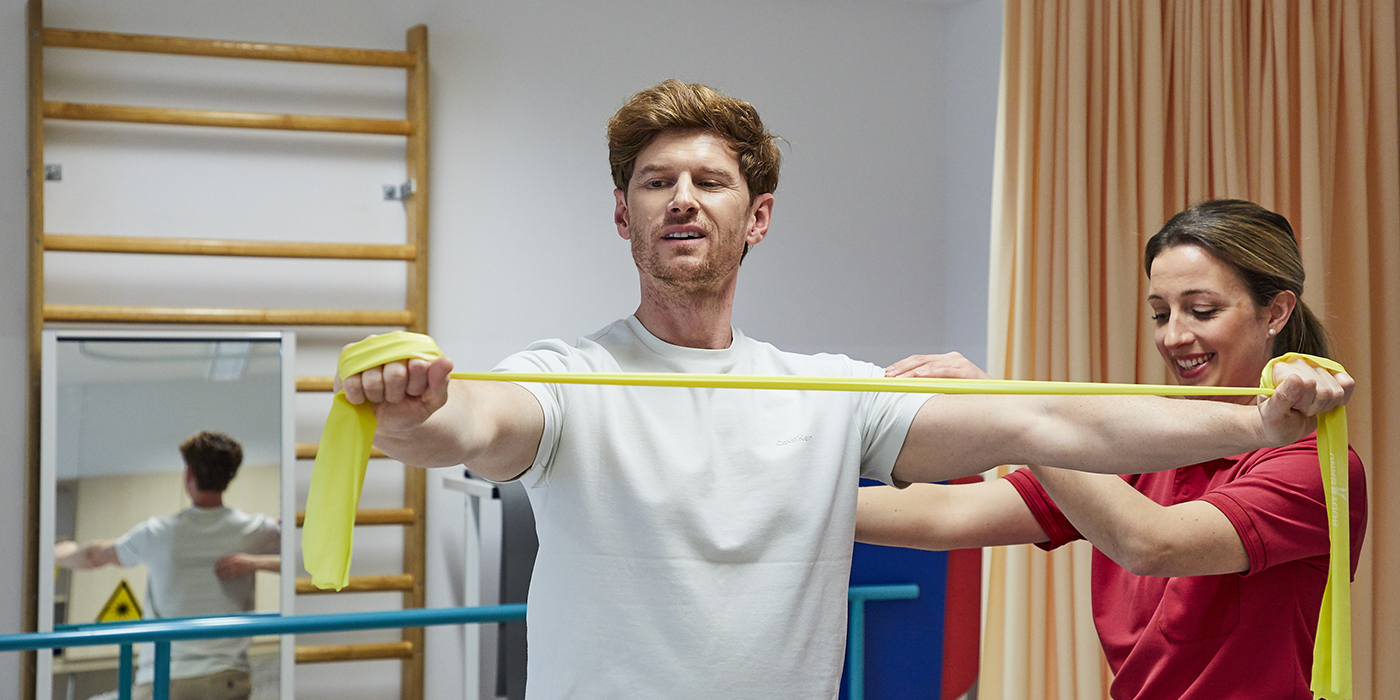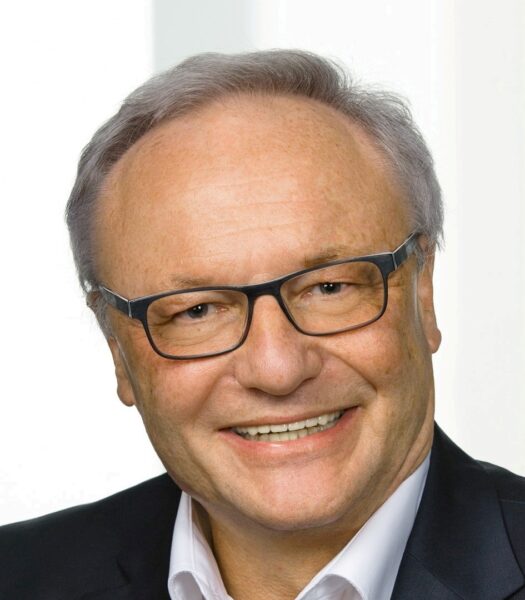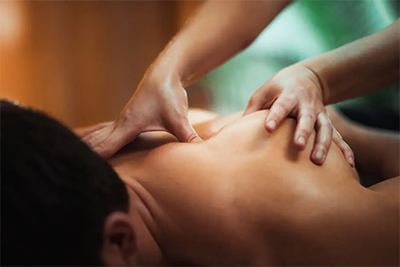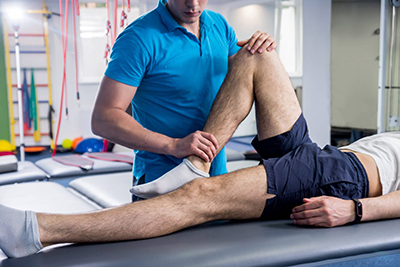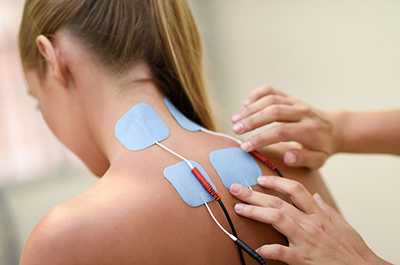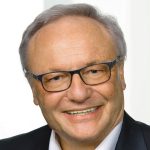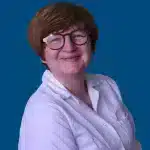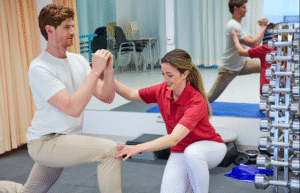Physical therapy
The center of excellence for osteopathic medicine and conservative spinal treatment, physical therapy and rehabilitation at the Vienna Private Clinic offers a wide range of services in the fields of physical therapy, physiotherapy, osteopathy, massages and post-operative mobilisation. Our aim is clear: to relieve pain, promote mobility and enable a speedy recovery after surgery – for your quality of life.
